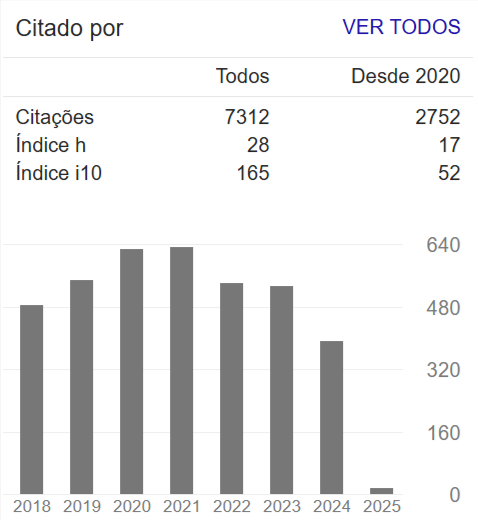IN-SITU CHEMICAL OXIDATION XYLENE NON-AQUEOUS PHASE LIQUID (BRAZIL)
Resumo
Elimination of non-aqueous phase liquid (NAPL) using chemical oxidation is
a viable and effective approach when the appropriate sequence and reagents are used.
Specifically, NAPL has to first be converted to the dissolved phase, where it can then be
readily oxidized by an aggressive chemical oxidation.
Another key consideration for the effective use of in-situ chemical oxidation
(ISCO), is the effective distribution of reagents in the target treatment zone. Given the
heterogeneous nature and/or low permeability of some soils, reagent distribution is the
biggest hurdle to overcome on most ISCO projects. Groundwater recirculation during
ISCO applications has proven effective at enhancing and controlling ISCO reagents.
Groundwater flow can be altered to induce preferential flow and enhance the distribution of
ISCO reagents during application with a close-loop recirculation approach.
A successful remediation project of solvents in groundwater was performed
at an active chemical plant outside of Sao Paulo. ISCO rapidly desorbed/destroyed
contaminant mass, including NAPL. ISCO using sodium persulfate activated by catalyzed
hydrogen peroxide was designed and implemented. Groundwater recirculation was used
to preferentially distribute chemical reagents to the target remediation zone. Solutions and
results for the project will be discussed.

















